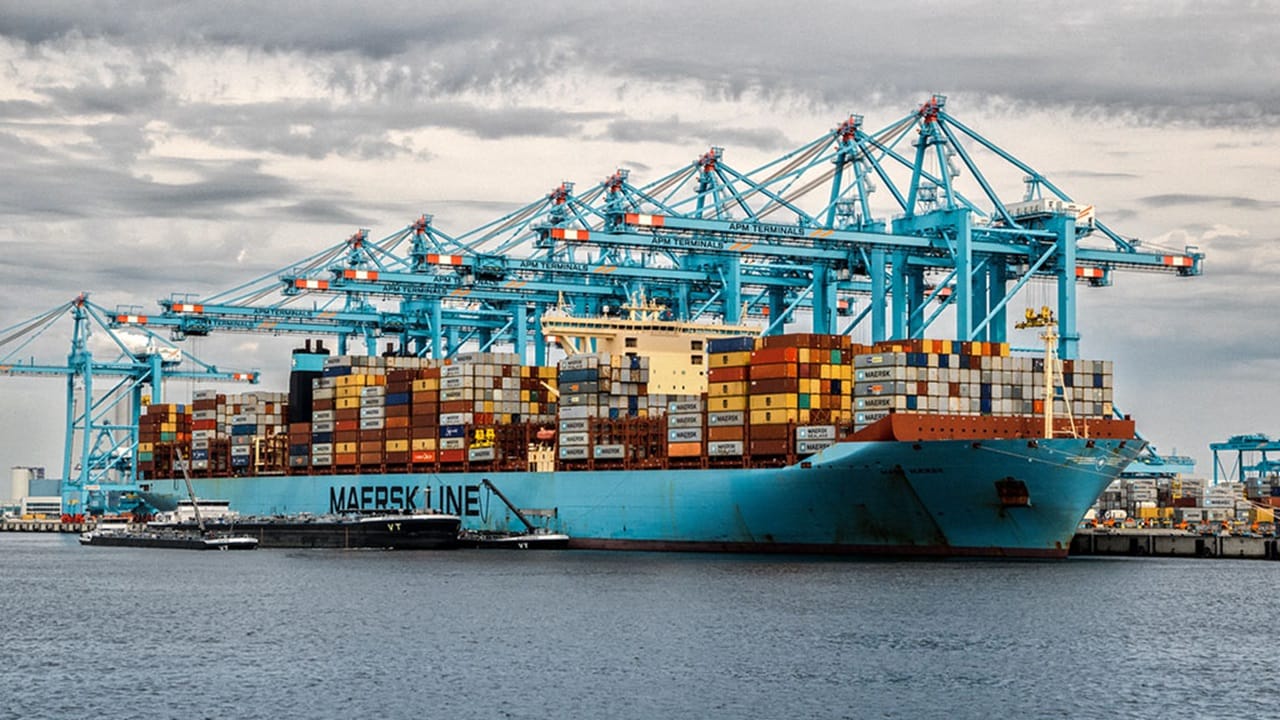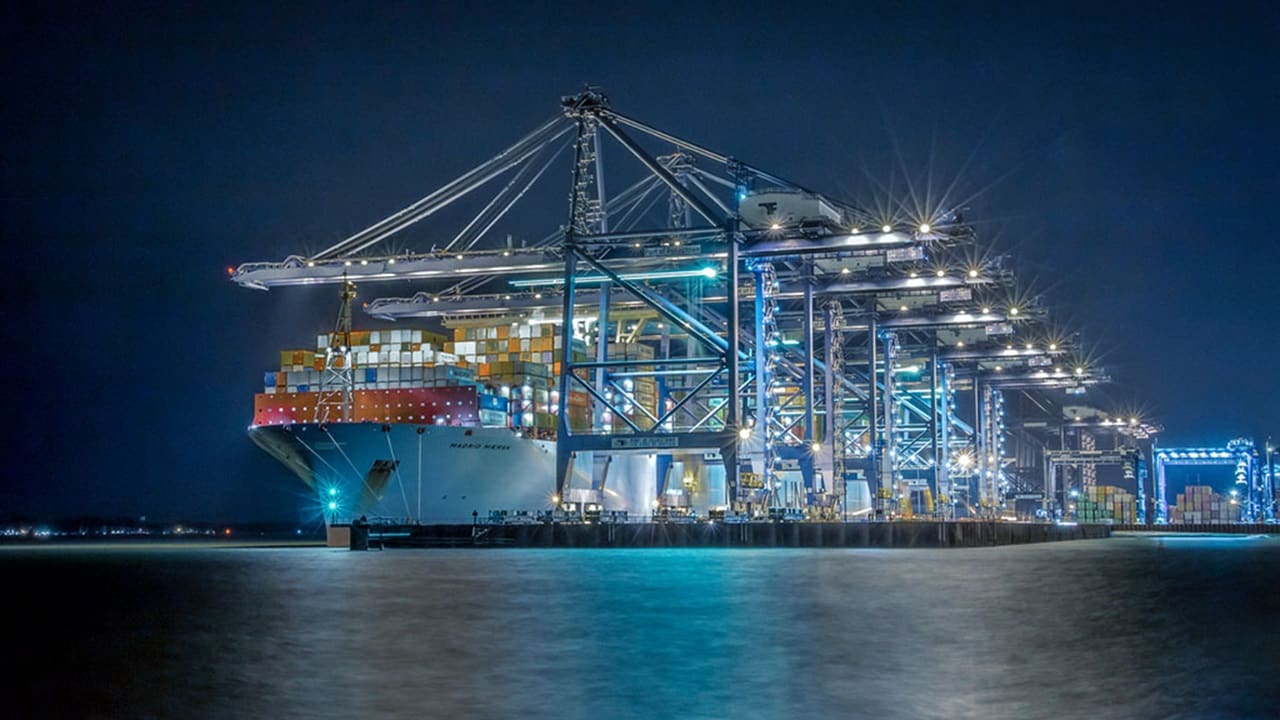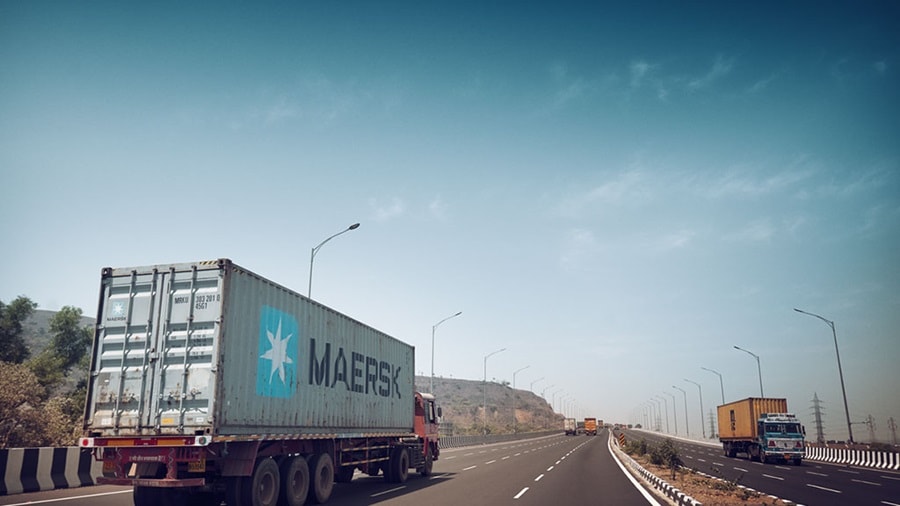As part of our commitment to provide you with the most up-to-date and relevant information on the logistics industry, we share our Market Update on the Latin American market.
You will find information and interesting data on the update of the state of the ports, the most important transport routes and relevant news.
We hope you'll find the following information helpful, as well as inspiring to boost your business and keep your cargo moving.
Topic of the Month: Holiday Readiness Starts Now, Planning ahead for year – end chain demands
As the year-end peak season approaches, the pressure on supply chains intensifies. From Black Friday to post-holiday returns, logistics networks face a surge in volume that can strain even the most robust operations. According to a 2024 McKinsey report, companies that begin peak season planning by mid-year are 40% more likely to meet delivery SLAs (service level agreement) and avoid fulfillment bottlenecks. This early preparation is no longer a luxury—it’s a competitive necessity. With global trade still adjusting to post-pandemic shifts and labor markets tightening across key logistics hubs, the time to act is now.
For regional logistics leaders, holiday readiness is about more than just volume—it’s about resilience. The ability to anticipate disruptions, align workforce capabilities, and navigate regulatory shifts can determine whether peak season becomes a bottleneck or a breakthrough. On this topic of the month, we will focus on essential areas for organizations aiming to stay ahead of year end logistics challenges and turn seasonal demand into a strategic advantage.
Diversify and Strengthen your supply chain
Relying on a single supplier, transport route, or logistics partner creates critical vulnerabilities. The Pandemic and recent geopolitical disruptions have shown how quickly a single point of failure can cascade into widespread delays. Diversification across suppliers, geographies, and transport modes—is now a baseline requirement for resilience.

Multimodal and multi-lane strategies offer flexibility and redundancy. By combining ocean, air, rail, and road transport, companies can shift capacity dynamically in response to bottlenecks or cost fluctuations.
Mapping logistics risks is a critical component of holiday readiness, particularly in Latin America where infrastructure limitations, port congestion, and weather-related disruptions are common. By proactively identifying potential vulnerabilities, such as customs delays, political unrest, or natural disasters, companies can develop contingency plans that minimize operational downtime. This risk visibility enables logistics teams to reroute shipments, adjust inventory allocations, and communicate proactively with customers when disruptions occur.
According to a 2024 report by the Inter-American Development Bank, companies in the region that implemented structured risk mapping and scenario planning reduced average delivery delays by 28% during peak periods. Moreover, integrating risk data into transportation management systems (TMS) and control towers allows for real-time decision-making, improving agility and customer satisfaction. In a season where every hour counts, the ability to anticipate and adapt to disruptions is not just a safeguard—it’s a strategic differentiator.
Ultimately, a diversified supply chain is not just about risk mitigation—it’s a strategic asset. It enables faster response times, better customer service, and greater leverage in negotiations with suppliers and carriers. According to ASCM’s 2024 Supply Chain Trends report, agility and resilience are now top priorities for supply chain leaders globally.
Workforce and fulfillment readiness
In today’s logistics landscape, workforce readiness is a foundational element of operational success, especially during the high-pressure holiday season. For companies managing warehousing, fulfillment, and last-mile delivery, the ability to scale labor efficiently and maintain throughput is essential to meeting customer expectations and service level agreements.
Accurate labor forecasting is a key starting point. By analyzing historical order volumes, promotional calendars, and real-time demand signals, logistics teams can better anticipate peak workloads and avoid bottlenecks. According to the 2024 CSCMP State of Logistics Report, organizations that integrated predictive analytics into their workforce planning achieved up to 25% higher throughput during Q4 compared to those using manual methods.

This kind of foresight is especially valuable in Latin America, where regional labor dynamics and infrastructure variability can add layers of complexity.
Early recruitment and onboarding of seasonal staff is another critical success factor. Starting the hiring process in late Q3 allows time for training, safety orientation, and systems familiarization, reducing turnover and improving productivity. In markets where labor availability is uneven, early action also helps secure talent before competition intensifies. Structured onboarding programs ensure that temporary workers can contribute effectively from day one, especially in environments that rely on warehouse management systems (WMS) and strict compliance protocols.
Technology continues to reshape how logistics operations manage labor. AI-powered scheduling tools help align shifts with forecasted volume, reducing overtime and minimizing fatigue. For companies operating multiple fulfillment centers, centralized dashboards offer real-time visibility into staffing levels, order flow, and SLA performance, enabling agile decision-making across the network.
By investing in workforce readiness and embracing smart technologies, logistics operations can build the resilience and responsiveness needed to navigate peak season successfully, ensuring that every shipment moves efficiently, even under pressure.
Navigating Trade and Labor Volatility
In the logistics world, volatility is part of the landscape, but during peak season, even minor disruptions can have outsized impacts. Trade policies, customs regulations, and labor conditions are shifting faster than ever, and staying informed is no longer optional, it’s essential to maintaining service continuity and customer trust.
In logistics, the ability to monitor and respond to changes in real time is a core operational strength. Tariff adjustments, port slowdowns, and regulatory updates can impact transit times, costs, and routing decisions. In Latin America, where cross-border trade is a daily reality, even small changes in customs procedures or documentation requirements can ripple across the supply chain. Staying connected to trade intelligence platforms, industry bulletins, and local authorities helps logistics teams anticipate changes before they become disruptions.
Labor dynamics are equally critical. Strikes, shortages, and policy shifts can affect everything from port operations to last-mile delivery. Building contingency plans, such as identifying alternate ports, flexible routing options, and backup suppliers; can help mitigate the impact of sudden labor actions. In 2024, several major logistics hubs experienced slowdowns due to labor negotiations, highlighting the importance of proactive scenario planning.

A logistic integrator play a key role in navigating uncertainty. Thei regional expertise, regulatory knowledge, and infrastructure access provide valuable flexibility when conditions change. But even with strong partners, the most resilient operations are those that maintain visibility and control. Real-time dashboards, exception alerts, and collaborative planning tools allow logistics teams to pivot quickly and keep goods moving.
Ultimately, the best way to manage volatility is to expect it. By staying informed, building flexibility into operations, and preparing for the unexpected, logistics teams can turn disruption into a moment of resilience—and keep holiday deliveries on track.
As the holiday season draws near, logistics operations across Latin America and beyond face a familiar challenge: delivering reliably under pressure. But with early planning, strategic diversification, workforce readiness, and a proactive approach to trade and labor volatility, companies can do more than just meet demand, they can outperform it. Staying informed, building flexibility into your supply chain, and preparing for the unexpected are no longer optional—they’re essential. By turning preparation into a strategic advantage, logistics teams can ensure that every shipment, every route, and every customer experience is ready for the season ahead.
Ocean Updates

| Trade lane | Comments |
|---|---|
|
Trade lane
East Coast of South America to Intra-Americas
|
Comments
Tango extended Norfolk suspension (being attended via barge from Philadelphia) and Rio de Janeiro / Rio Grande biweekly call until the Third Quarter 2025 Space opportunities to UCLA, CONOSUR and TANGO services during July New service attending Los Angeles and Tampa via UCLA service (Transhipment at Cartagena). |
Main port status
ECSA Update: The terminal lineup, gate, and yard are operating at healthy levels, although there are some restrictions for vessels with delays or exceeding move limits, additionally recent bad weather in the region has impacted vessel operations and caused delays for some vessels along the coast.
Panama & Cartagena, Colombia terminal Update: The terminals lineup are currently tight having impact on vessels with delays or exceeding moves. Bad weather has also impacted casuing delays. Still gate and yard are operating at healthy levels.


Landside updates
Central America, Andina and the Caribbean Sea Area
Colombia: July marks a key period for the country's agribusiness exports, with products such as coffee, flowers, avocados, and fresh fruits destined for markets in North America and Europe. This dynamism is reflected with s greater pressure on land logistics planning in production areas. Therefore, logistical support plays a fundamental role in anticipating cargo peaks, ensuring the availability of transportation and equipment, and guaranteeing optimal conditions for time- and temperature-sensitive products.
Honduras: With the onset of the rainy season in July, logistics operations in Honduras face specific challenges, particularly on land routes to Puerto Cortés and agricultural production areas. Heavy rains can cause partial disruptions on secondary roads and impact planned transit times. In this context, maintaining visibility over shipments and adjusting loading schedules according to weather conditions becomes essential to ensure safe deliveries and avoid delays in the supply chain.
El Salvador: As an alternative measure to port congestion in the area, cross-border land transportation options are gaining renewed importance for the country, allowing importers and exporters to connect with the U.S. East Coast through Guatemalan ports such as Santo Tomás and Puerto Barrios, thereby avoiding transit through the Panama Canal. Document planning, reduced loading times, and early shipment visibility will continue to offer opportunities to optimize operational flows.
Guatemala: Land transportation in Guatemala continues to face challenges due to roadworks along key corridors such as CA-9 South and routes to Puerto Quetzal and Santo Tomás. These conditions can cause variations in transit times, especially for exports bound for maritime destinations. In this context, early planning and constant route monitoring are essential to avoid operational delays. Effective coordination with local carriers and tracking road conditions help maintain efficiency and minimize the impact on supply chains.
Nicaragua: During July, Nicaragua’s export flow—mainly coffee, beef, and seafood—maintains a steady pace, requiring agile management of documentation and customs processes. As a result, coordination among carriers and local authorities has been strengthened to optimize deadline compliance. Exports of these goods and services can access a route to the U.S. East Coast through Puerto Cortés in Honduras.
Costa Rica: The use of Panama as a strategic connection point has improved transit times from Asia to Costa Rica through a combination of direct maritime services and cross-border land transportation. These services connect the Costa Rican market with more agile logistics solutions, especially on routes where direct access to Caldera or Limón faces limitations, avoiding long wait times at transshipment ports.

Highlights
The Logistics Trend Map
The logistics industry is evolving rapidly, influenced by a multitude of trends. Staying ahead in this dynamic environment requires clarity, focus, and informed decision-making. That’s why The Logistics Trend Map has been created in collaboration with data agency Statista, to act as a comprehensive and interactive guide to the most impactful trends in logistics today.
Explore the 30 trends that impact your business using the map below and read in-depth analysis of the top 10 trends in the downloadable report.
Learn more from the global Maersk team
Learn what’s happening in our regions by reading our Market Updates by region.
Europe
North America
Asia Pacific
Be sure to visit our “Insights” pages where we explore the latest trends in supply chain digitalisation, sustainability, growth, resilience, and integrated logistics.
无论您需要什么,我们都可以随时为您提供帮助
I agree to receive logistics related news and marketing updates by email, phone, messaging services (e.g. WhatsApp) and other digital platforms, including but not limited to social media (e.g., LinkedIn) from A. P. Moller-Maersk and its affiliated companies (see latest company overview). I understand that I can opt out of such Maersk communications at any time by clicking the unsubscribe link. To see how we use your personal data, please read our Privacy Notification.
By completing this form, you confirm that you agree to the use of your personal data by Maersk as described in our Privacy Notification.
